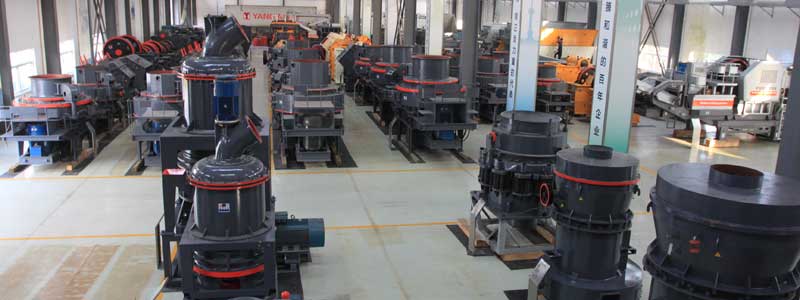

Remember that the result is the volume of the paper and the cardboard. Most of our products (compost, soil, mulch, etc.) are sold by the cubic metre. Tadaaam! The volume of a hollow cylinder is equal to 742.2 cm³. It's the internal radius of the cardboard part, around 2 cm.įind out what's the height of the cylinder for us, it's 9 cm. To calculate the volume of soil needed to fill a regular hexagonal prism, use the following formula. 3 inches will be, 3/12 (12 inches in a foot) to make it. Divide that answer by 27 (27 cubic feet in 1 cubic yard) If length width or depth is in inches you must convert it to feet. These beds come as regular hexagons (where all the sides are the same size) and irregular hexagons (where all the sides aren’t the same size). To obtain approximate cubic yardage, multiply Length x Width x Depth (all measured in feet). Hexagonal raised beds form a shape called a hexagonal prism. The standard is equal to approximately 5.5 cm.ĭetermine the internal cylinder radius. Calculating soil volume for hexagonal beds. a roll of toilet paper, because why not? 😀Įnter the external radius of the cylinder. Unsure on how much product you need for your project The easiest way to begin is to use our handy online calculator below.


To calculate the volume of a cylindrical shell, let's take some real-life example, maybe. Where R – external radius, and r – internal radius The formula behind the volume of a hollow cylinder is:Ĭylinder_volume = π × (R² - r²) × cylinder_height We do so by dividing the depth in inches by 12. Most likely the soil desired amending depth with be between 12-18 so we’ll need to convert this to feet. It's easier to understand that definition by imagining, e.g., a drinking straw or a pipe – the hollow cylinder is this plastic, metal, or other material. Explained: Calculate the volume of the soil by multiplying Pi by the Radius Square by the Hole Height. In this case, the height is measured to be 5 ft.The hollow cylinder, also called the cylindrical shell, is a three-dimensional region bounded by two right circular cylinders having the same axis and two parallel annular bases perpendicular to the cylinders' common axis. In this example, the radius is measured to be 10 ft. The following example outlines the steps and information needed to calculate Soil Stockpile Volume.įirst, determine the radius of the pile at the base. What is a Soil Stockpile Volume?Ī soil stockpile volume is the total volume taken up by a pile of soil. R is the radius at the base of the pile (1/2 of the width/length of base) (ft)Ĭalculating the volume of a stockpile is the same as calculating the volume of a cone, since when material like soil is put into a pile, it tends to create the shape of a cone.Where SSV is the soil stockpile volume (ft^3).The following equation is used to calculate the Soil Stockpile Volume. Facebook Twitter Instagram Questions 40 M - F 10am to 6pm CST.

Soil Volume Calculator FAQ Log in Contact. Irrigation Frequency/Interval Calculator Redbud Soil Company is a small batch craft soil maker specializing in Organic No-till Living soils. Our online soil calculator takes care of this for you, saving you time and effort Simply select the correct units in the drop down areas and the calculator will do the following conversions for you: 1,foot 12,inches 0.33,yards 30.48,centimeters 0.3048,meters.Enter the radius at the base of the stockpile and the height of the stockpile into the calculator to determine the soil stockpile volume.


 0 kommentar(er)
0 kommentar(er)
